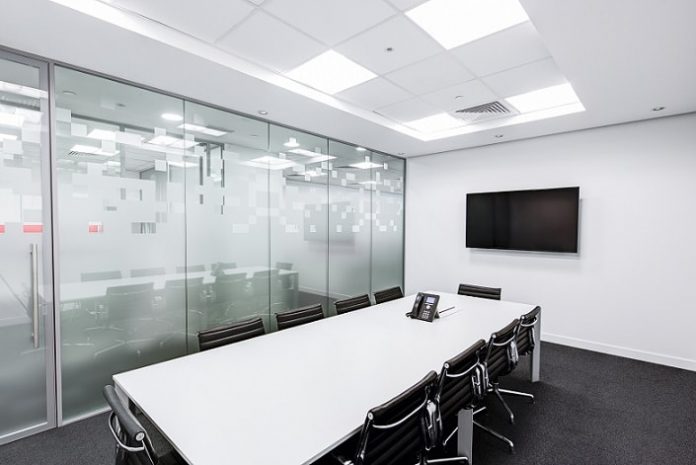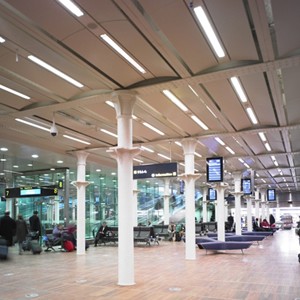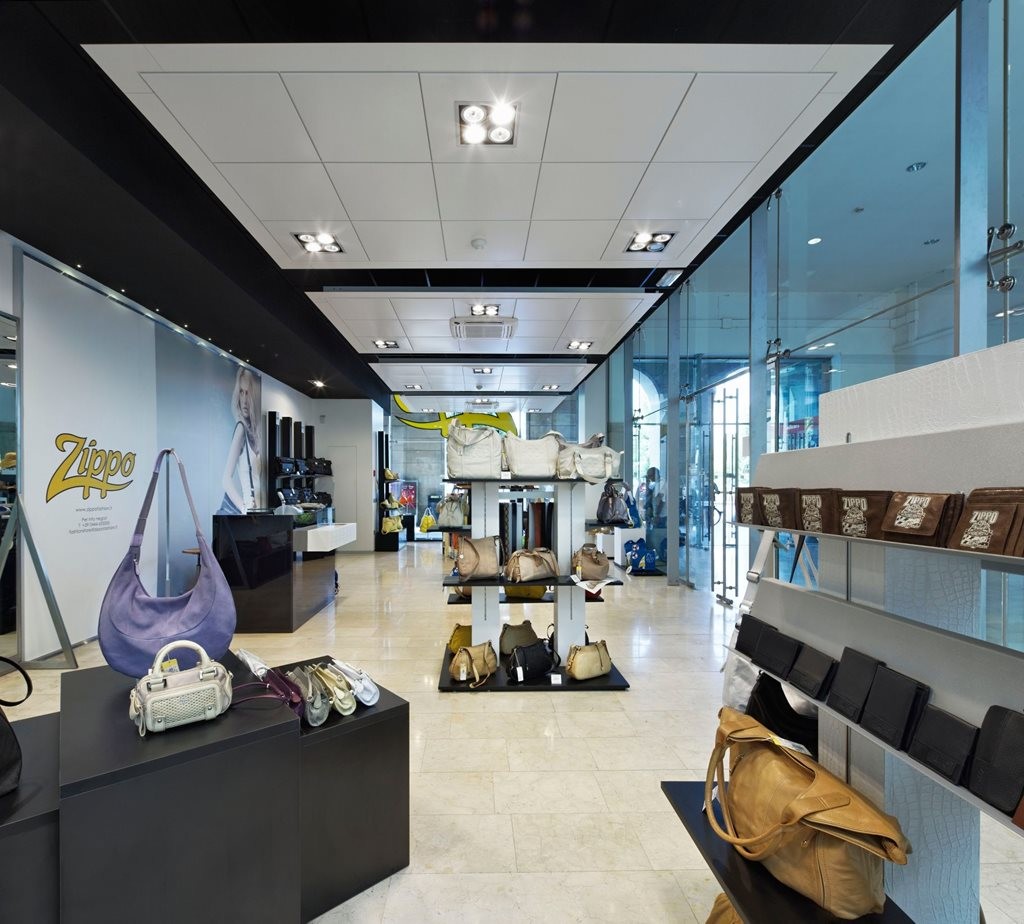Types of Ceiling Boards
What is a Grid Ceiling?
There are a number of other names for a grid ceiling, including:
- Suspended ceiling
- Drop ceiling
- False ceiling
- T-bar ceiling
- and more
All of the various names describe important aspects of a grid ceiling. Grid ceilings are suspended from (or drop from) an existing ceiling or support system. A grid ceiling is a false ceiling in the sense that it is not part of a permanent support structure such as floor joists or a cement floor/ceiling. Grid ceilings are sometimes called T-bar ceilings because “T-bars” form the grid that holds the ceiling panels in place.
Grid ceilings have been used extensively in highrise and other commercial structures for decades. Originally, they were used to hide pipes, electrical wiring and ducting, which of necessity had to be attached to a ceiling. They have also been used in multi-storey office buildings and apartment complexes because of their excellent acoustic properties.

Suspended Gypsum Board and Plaster Ceilings
Gypsum board suspended ceilings may be screwed to ordinary light gauge steel cee channels that are suspended on wires. Special framing components have been developed that make it easy to suspend more complex shapes of gypsum board ceilings, such as cylindrical vaults, undulating surfaces and deep coffers.
Suspended plaster ceilings have been in use for many decades. Although most suspended plaster ceilings are flat, lathers are capable of constructing ceilings that are richly sculpted, ranging from configurations resembling highly ornamented Greek or Roman coffered ceilings to nearly any form that the contemporary designer can draw.
This capability is especially useful in auditoriums, theatres, lobbies of public buildings and other uniquely shaped rooms.

Direct-Mount Drop Ceiling Grid
Recently there has been a rise in the popularity of basement remodels, which has sparked demand for a new type of ceiling grid. In most basements, ceiling height is extremely important, but so is access to utilities like plumbing and electrical work between ceiling joists. This demand for dual purpose has led to a new type of ceiling grid that is made to apply directly to your ceiling joists or flat ceiling. After installation, you lose only about an inch of headroom, but you still have access to the space above the ceiling if you need it. The grid is made entirely out of plastic, and is attached to the ceiling by glue or screws.

Metal Ceilings
Metal is usually loved because the material is durable and shiny. This enhances the beauty of the interior of a home. The forms used as ceilings come as planks, tiles, and panels. And the most popular ones include aluminum and galvanized iron.
Fixing and installing these metal slips is easy and takes fewer efforts. The concealed parts are accessed without troubles because the panels are removable and reattached. This ends with low construction, fixing, and maintenance costs.
Pros
- Good for workplaces that need sparkling environments and easy maintenance including as the machinery housings, Air Handling Units, among others.
- Fire-resistant so you have no worry about safety!
- No incidences of cracking or warping over time. It retains the original shape. Without any issues of peeling, it means that close to zero repairs and maintenance are needed.
Cons
- Investing in genuine metal is costly. Remember you will need to protect the material against corrosion.
Three types of metal ceilings and when to use them
Following is a list of the types of grids and their most suited applications. More importantly the list will describe ways you can utilise metal pan with that associated grid to take your ceiling to places unseen in non-metal applications.
LAY-IN TILE:
The grid of a lay-in tile system is fully seen and is the most common product in standard office buildings. Tiles are simply placed on a T-shaped runner (above left), generally between 10 and 25mm, and can be easily installed and demounted as individual tiles.
Applications:
- Offices, places that require consistent maintenance, buildings with chilled beam systems such as the above NAB Docklands building by Woodsbagot. (Image: Armstrong)
- Without perforations they are also generally more wind proof than other suspended ceiling systems.
CLIP-IN TILE:
Ceiling tiles on a clip-in system do just that – they clip on to the suspended grid and therefore conceal the grid from view. Manufacturers have their own unique clip-in systems that match their boards but generally they all consist of a spring tee runner from which boards clip on to.
Application:
- These are suitable for food preparation areas and hospitals where cleanliness is important and tiles are frequently cleaned and hosed down.
- They are also used frequently in airport and transport hubs.
- Unlike mineral fibre boards, metal pan is impervious to moisture so they can be hosed down without damaging the board or causing it to sag or stain
HOOK-ON TILE:
Hook-on systems attach to a suspended J or Z suspension rail and can be hung in a variety of square, rectangular, trapezoidal and triangular shapes.
Application:
- The hook-on system affords easier access to ceiling plenums than clip-on systems but still has the same aesthetic features.
- They see consistent use in transport hubs and retail stores.

Recent Comments